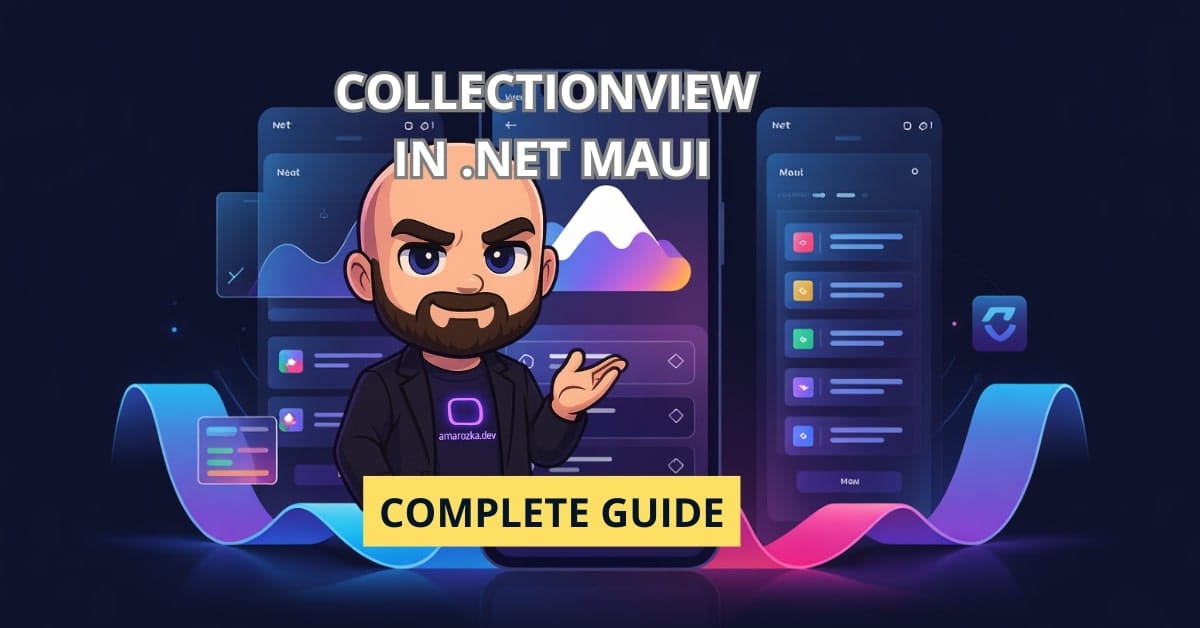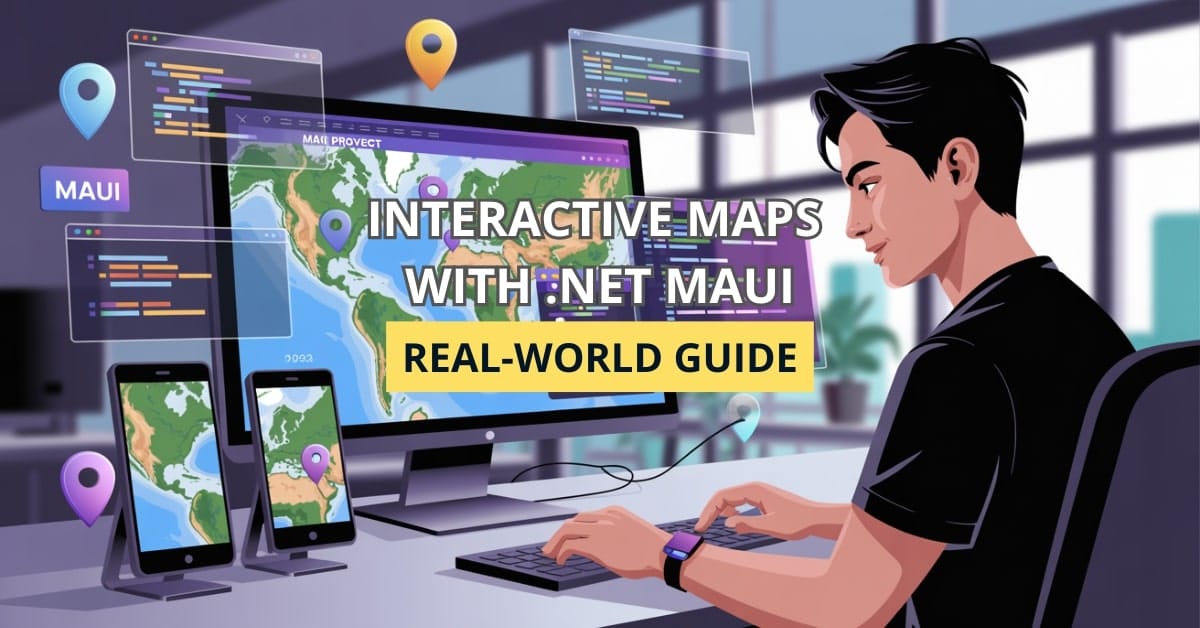Artificial Intelligence (AI) has revolutionized the way humans interact with technology, and the ChatGPT API stands as a prime example of this innovation. This article delves into the technical intricacies of leveraging the ChatGPT API using the C# programming language. Through detailed explanations and practical examples, developers will gain a deep understanding of integrating ChatGPT’s capabilities into their applications.
The OpenAI ChatGPT API opens the doors to creating dynamic and engaging conversational experiences within applications. By tapping into this API using C# developers can harness the power of AI to generate human-like text responses. This article aims to guide developers through the process of integrating the ChatGPT API into their C# projects, providing insights into authentication, request formatting, response handling, and more.
Prerequisites:
Before diving into the technical details, ensure you have the following prerequisites in place:
- A valid OpenAI account with access to the ChatGPT API.
- Basic knowledge of C# programming.
Authentication:
To start using the ChatGPT API, you need to obtain an API key from OpenAI. This key will authenticate your requests to the API. Store your API key securely, as it’s sensitive information.
Installing Dependencies:
To make HTTP requests to the ChatGPT API, we’ll use the `HttpClient` class from the `System.Net.Http` namespace. You can install the required package using NuGet:
Install-Package System.Net.Http -Version 4.3.4Sending Requests:
Creating a request involves sending a prompt to the ChatGPT API and receiving a generated response. Here’s how you can structure the request in C#:
using System;
using System.Net.Http;
using System.Text.Json;
using System.Threading.Tasks;
class Program
{
static async Task Main(string[] args)
{
string apiKey = "YOUR_API_KEY";
string apiUrl = "https://api.openai.com/v1/chat/completions";
string prompt = "You: Tell me a joke.\nAI:";
using (HttpClient client = new HttpClient())
{
client.DefaultRequestHeaders.Add("Authorization", $"Bearer {apiKey}");
var requestBody = new
{
model = "gpt-3.5-turbo",
messages = new[]
{
new
{
role = "system",
content = "You are a helpful assistant."
},
new
{
role = "user",
content = prompt
}
}
};
var response = await client.PostAsync(apiUrl, new StringContent(JsonSerializer.Serialize(requestBody), System.Text.Encoding.UTF8, "application/json"));
if (response.IsSuccessStatusCode)
{
var responseBody = await response.Content.ReadAsStringAsync();
dynamic jsonResponse = JsonSerializer.Deserialize<dynamic>(responseBody);
string aiResponse = jsonResponse.choices[0].message.content;
Console.WriteLine($"AI: {aiResponse}");
}
}
}
}Response Handling:
The API response contains the AI-generated message in the `choices` array. Extract this message using the provided code, and you’ll have your AI-generated response.
Let’s explore some additional examples to showcase different use cases and interactions with the ChatGPT API in C#.
Example 1: Customizing AI Behavior
In this example, we’ll illustrate how to guide the AI’s behavior using system-level instructions.
using System;
using System.Net.Http;
using System.Text.Json;
using System.Threading.Tasks;
class Program
{
static async Task Main(string[] args)
{
string apiKey = "YOUR_API_KEY";
string apiUrl = "https://api.openai.com/v1/chat/completions";
using (HttpClient client = new HttpClient())
{
client.DefaultRequestHeaders.Add("Authorization", $"Bearer {apiKey}");
string userMessage = "Translate 'hello' to French.";
string conversationId = Guid.NewGuid().ToString();
var requestBody = new
{
model = "gpt-3.5-turbo",
messages = new[]
{
new
{
role = "system",
content = "You are an AI language translator."
},
new
{
role = "user",
content = userMessage,
conversation_id = conversationId
}
}
};
var response = await client.PostAsync(apiUrl, new StringContent(JsonSerializer.Serialize(requestBody), System.Text.Encoding.UTF8, "application/json"));
if (response.IsSuccessStatusCode)
{
var responseBody = await response.Content.ReadAsStringAsync();
dynamic jsonResponse = JsonSerializer.Deserialize<dynamic>(responseBody);
string aiResponse = jsonResponse.choices[0].message.content;
Console.WriteLine($"AI: {aiResponse}");
}
}
}
}Example 2: Multi-Turn Conversation
In this example, we’ll extend the conversation over multiple turns, maintaining the context across interactions.
using System;
using System.Net.Http;
using System.Text.Json;
using System.Threading.Tasks;
class Program
{
static async Task Main(string[] args)
{
string apiKey = "YOUR_API_KEY";
string apiUrl = "https://api.openai.com/v1/chat/completions";
using (HttpClient client = new HttpClient())
{
client.DefaultRequestHeaders.Add("Authorization", $"Bearer {apiKey}");
string conversationId = Guid.NewGuid().ToString();
// Start the conversation
var requestBodyStart = new
{
model = "gpt-3.5-turbo",
messages = new[]
{
new
{
role = "system",
content = "You are a travel planner assistant."
},
new
{
role = "user",
content = "Plan a trip for me.",
conversation_id = conversationId
}
}
};
var responseStart = await client.PostAsync(apiUrl, new StringContent(JsonSerializer.Serialize(requestBodyStart), System.Text.Encoding.UTF8, "application/json"));
if (responseStart.IsSuccessStatusCode)
{
var responseBodyStart = await responseStart.Content.ReadAsStringAsync();
dynamic jsonResponseStart = JsonSerializer.Deserialize<dynamic>(responseBodyStart);
string aiResponseStart = jsonResponseStart.choices[0].message.content;
Console.WriteLine($"AI: {aiResponseStart}");
// Continue the conversation
string userMessage = "Book a flight to Paris for next week.";
var requestBodyContinue = new
{
model = "gpt-3.5-turbo",
messages = new[]
{
new
{
role = "user",
content = userMessage,
conversation_id = conversationId
}
}
};
var responseContinue = await client.PostAsync(apiUrl, new StringContent(JsonSerializer.Serialize(requestBodyContinue), System.Text.Encoding.UTF8, "application/json"));
if (responseContinue.IsSuccessStatusCode)
{
var responseBodyContinue = await responseContinue.Content.ReadAsStringAsync();
dynamic jsonResponseContinue = JsonSerializer.Deserialize<dynamic>(responseBodyContinue);
string aiResponseContinue = jsonResponseContinue.choices[0].message.content;
Console.WriteLine($"AI: {aiResponseContinue}");
}
}
}
}
}These examples showcase various ways you can interact with the ChatGPT API using C#. They cover interactive conversations, providing instructions, and maintaining context over multiple turns. As the AI model improves and the OpenAI API evolves, make sure to consult the latest documentation for any changes or updates.
For generating images, you might want to explore other OpenAI models like DALL-E or CLIP, which are designed for image generation and understanding. To work with those models, you’d need to use their specific APIs and follow the guidelines provided in their respective documentation.
If you’re specifically interested in generating images using ChatGPT API, I would recommend checking OpenAI’s official documentation.
Here’s a simplified example of how you could potentially interact with the DALL-E API using C#. Please note that this is a hypothetical scenario and the actual API might have different requirements:
using System;
using System.IO;
using System.Net.Http;
using System.Threading.Tasks;
class Program
{
static async Task Main(string[] args)
{
string apiKey = "YOUR_DALL_E_API_KEY";
string apiUrl = "https://api.openai.com/v1/dalle/generate"; // Hypothetical API endpoint
using (HttpClient client = new HttpClient())
{
client.DefaultRequestHeaders.Add("Authorization", $"Bearer {apiKey}");
var requestBody = new
{
prompt = "A surreal painting of a cat",
num_images = 1
};
var response = await client.PostAsync(apiUrl, new StringContent(Newtonsoft.Json.JsonConvert.SerializeObject(requestBody), System.Text.Encoding.UTF8, "application/json"));
if (response.IsSuccessStatusCode)
{
var responseBody = await response.Content.ReadAsStringAsync();
// Handle the API response based on the expected format
// Hypothetical code to save the image from the response
byte[] imageBytes = Convert.FromBase64String("base64_encoded_image_data");
File.WriteAllBytes("generated_image.png", imageBytes);
Console.WriteLine("Image generated and saved.");
}
}
}
}Please note that the above example is for illustrative purposes and might not directly reflect the actual API implementation or the correct endpoints. Always refer to the latest OpenAI documentation for the specific DALL-E API endpoints, required headers, payload formats, and how to handle the responses.
Conclusion:
Integrating the ChatGPT API into C# applications opens the doors to powerful AI-driven conversations. This article covered the fundamentals of authenticating, sending requests, and handling responses using the ChatGPT API. By following the examples and guidelines presented here, developers can create captivating and interactive user experiences that leverage the capabilities of AI.
References:
- OpenAI API Documentation: https://platform.openai.com/docs/api-reference/introduction
- Microsoft Docs – HttpClient Class: https://docs.microsoft.com/en-us/dotnet/api/system.net.http.httpclient
Remember, the provided code and examples are based on the information available up the moment writing this post. Always consult the latest documentation and resources for any updates or changes.




